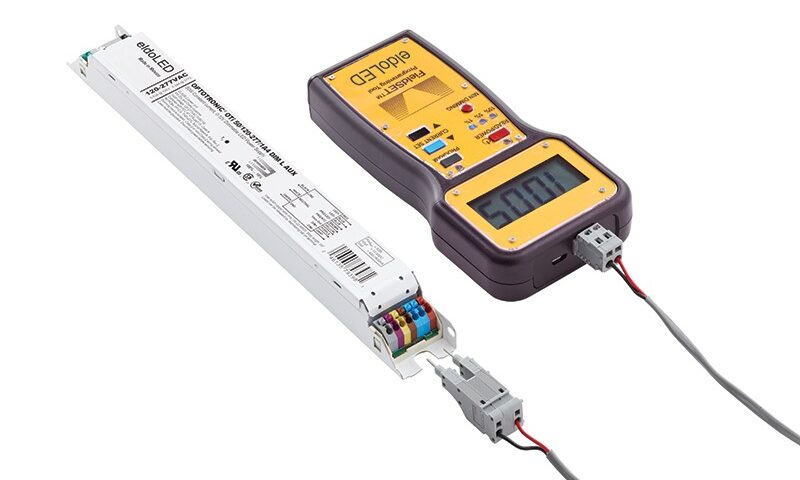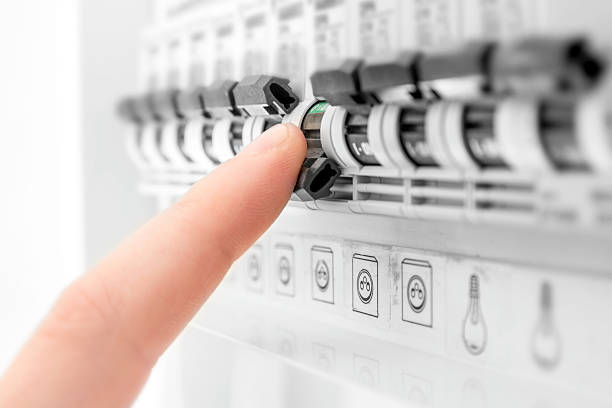Electric vehicles (EVs) have gained significant popularity in recent years, and for good reason. They’re eco-friendly, cost-effective to operate, and offer a smoother, quieter ride compared to traditional gasoline-powered vehicles. However, like any technology, EVs come with their own set of quirks and questions. One common concern that EV owners may have is why their EV charger gets hot during the charging process. Today, we’ll explore the reasons behind this phenomenon and what you can do to ensure safe charging for your electric vehicle.
Understanding the Basics of EV Charging
Before we delve into the reasons behind the heat generated by your EV charger, it’s essential to understand how the charging process works. EVs are powered by electricity stored in a battery. To charge the battery, you need to connect the vehicle to an electric charger. Most EV chargers use alternating current (AC) to charge the battery, which is then converted to direct current (DC) inside the vehicle’s charging system.
Reasons Why Your EV Charger Gets Hot
-
Conversion of AC to DC:
One of the primary reasons your EV charger gets hot is the conversion of AC to DC. This conversion process generates heat as it involves electronic components like rectifiers and transformers. The charger has to manage this heat, which can cause the charger to become warm or hot to the touch.
-
Efficiency Loss:
Another factor contributing to the heat is efficiency loss during the charging process. As electricity flows through the charger’s components, a portion of it is lost as heat. This is a normal part of any electrical process, and while modern EV chargers are designed to be highly efficient, some heat generation is inevitable.
-
Charging Rate:
The rate at which you charge your EV can also affect the heat produced. Charging at higher power levels generates more heat than slower charging. If your charger supports fast charging, it may become noticeably warmer during a rapid charging session.
-
Ambient Temperature:
Environmental conditions play a role in how hot your charger gets. If you’re charging your EV on a scorching hot day, the ambient temperature can contribute to the overall heat. Conversely, in cold weather, the charger may generate less heat.
-
Faulty Components:
In some cases, a malfunctioning charger or worn-out components can lead to excessive heat generation. If you notice that your charger is consistently hotter than usual, it’s essential to have it inspected by a professional to rule out any issues.
Safety Precautions for EV Charging
While some heat generation during EV charging is normal, it’s essential to take safety precautions:
-
Proper Ventilation:
Ensure that your EV charger has adequate ventilation to dissipate heat. Avoid covering or enclosing it in a tight space.
-
Regular Maintenance:
Periodically inspect your charger for signs of wear and tear. If you suspect any issues, consult the manufacturer or a certified technician.
-
Follow Manufacturer Guidelines:
Always follow the manufacturer’s guidelines for charging your specific EV model. Overloading the charger or using it in ways not intended can lead to excessive heat generation.
-
Avoid Fast Charging in Extreme Conditions:
In extremely hot or cold weather, consider charging at a slower rate to reduce heat generation and extend the lifespan of your charger.
In most cases, a warm or slightly hot EV charger is nothing to be overly concerned about. Heat generation is a natural byproduct of the charging process. However, it’s crucial to monitor your charger’s performance, follow safety guidelines, and seek professional assistance if you suspect any issues. By understanding the reasons behind the heat and taking appropriate precautions, you can ensure a safe and efficient charging experience for your electric vehicle.











Recent Comments